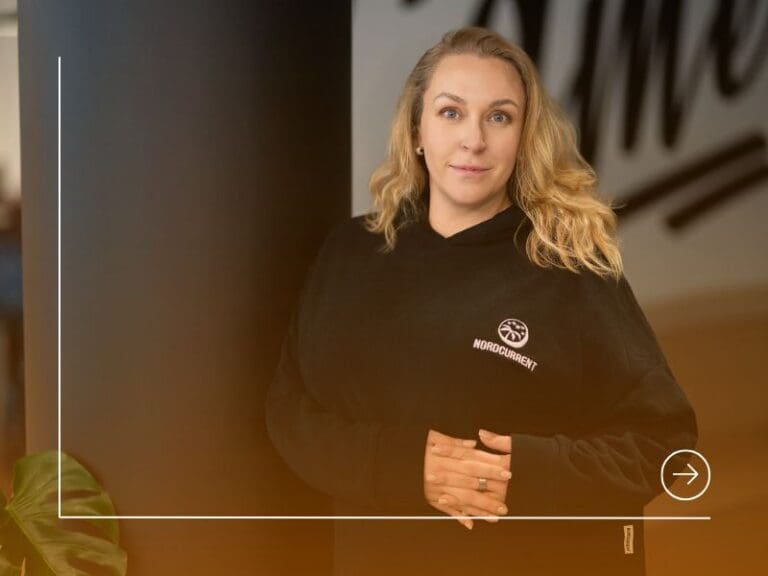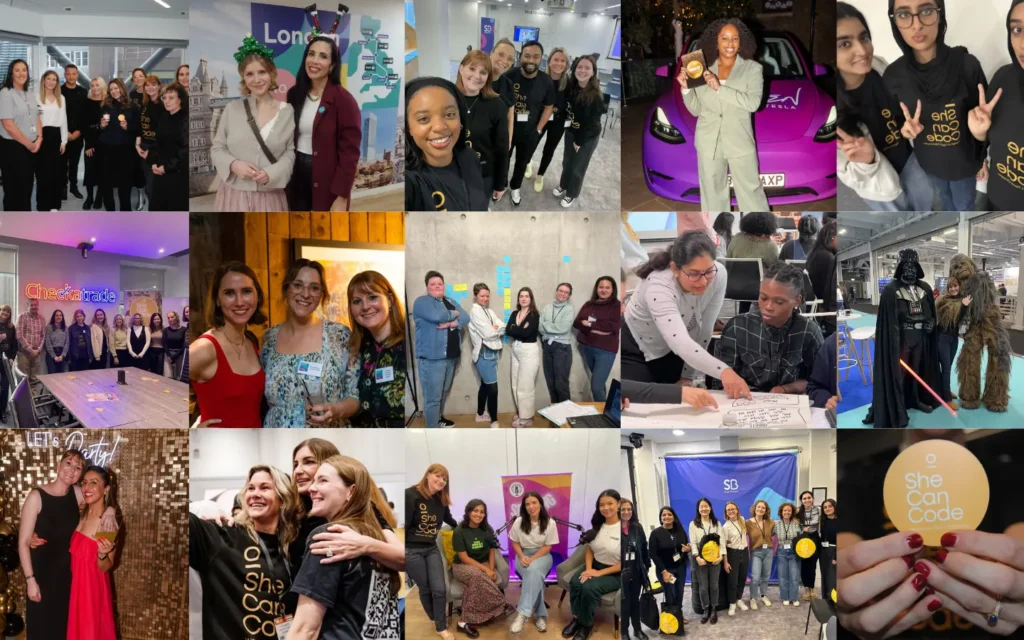Linh is responsible for leading Jamf’s information technology and information security teams and solutions.
Linh is an information technology executive recognized for leading digital business transformation by delivering value through technology and process changes to enable companies to scale and grow. She was recognised as a 2020 and 2022 Bay Area CIO of the Year Finalist. Prior to Jamf, Lam served as the SVP & Chief Information Officer at ICE Mortgage Technology where her teams developed strategic roadmaps and delivered large-scale, complex digital solutions for the enterprise. Prior to ICE Mortgage Technology, Linh was an information technology leader at Hitachi Data Systems where she led large-scale, global customer relationship management and digital experience transformations that supported the company’s transition from a hardware to cloud software and solutions company.
How did you land your current role? Was it planned?
Becoming a CIO was not part of my original plan. Right after college I worked in consulting, a field that perfectly combined my love of problem-solving with my interest in technology.
My career path was shaped by a natural curiosity and a strong desire to understand and improve every part of an operation through technology. I thrived by continuously learning and adapting to ever-changing challenges.
As I gained experience, I became increasingly fascinated by the human aspects of technology, specifically how it affects team dynamics and organisational culture. Understanding the intersection between people, technology, and business became crucial in my role as CIO, where tech solutions need to be tailored meet unique organisational needs.
My consistent pursuit of solutions to complex problems across various functions and companies eventually led me to the strategic, all-encompassing role of a CIO. This role has allowed me to leverage my curiosity and problem-solving skills to make a significant impact on a larger scale.
What does an average workday look like for you?
As CIO I’m involved in a wide variety of activities. My responsibilities include leading the information technology team, which consists of the enterprise application, information security teams, and response security operations. I also manage our workplace services, which cover all physical real estate and associated services, alongside an arm dedicated to programme management for the organisation.
My schedule includes regular executive-level meetings and frequent check-ins with my teams around our ongoing digital transformation projects. I prioritise direct engagement with my team through one-on-one discussions and skip-level meetings, ensuring they are well-informed and empowered to proceed without hindrances.
Apart from the scheduled meetings that take place earlier (our headquarter is two hours ahead), my workday is very flexible and doesn’t have a strict beginning or end. This allows me to wrap up formal meetings earlier and focus on other tasks later in the day. At Jamf we have fully embraced the hybrid working model for our nearly 3000 global employees. I’m based in California, USA, but work fully remotely and connect with team members all over the world.
This flexibility is really valuable to me as a parent to two young children, which sometimes means my days start even earlier to prepare their lunches and get them ready for school before my meetings begin. While some days can be hectic, it’s always rewarding, and we make sure to keep it enjoyable.
Do you think that the technology industry is open to having more women in jobs and have you found the tech sector supportive?
In the tech industry, women still encounter significant barriers, with only about 25% of tech roles occupied by women. Although there are various initiatives aimed at increasing female participation in tech, the pandemic has exacerbated these challenges, causing a decline in the number of women in the sector. To counteract this, it’s crucial for organisations to not only focus on recruiting and retaining female talent but also to acknowledge and value their contributions to the wider industry.
Many women balance their professional responsibilities with running a household, and it’s essential that companies recognise and support this dual role. Implementing hybrid work models and offering flexible working hours that extend beyond the traditional 9 to 5 can demonstrate a company’s commitment to supporting its female employees’ success.
Additionally, it’s an opportune time for organisations to reassess their compensation and benefits structures to identify and eliminate any biases. Enhancing employee benefits through competitive parental leave, childcare support, flexible hours, and the option for hybrid or remote work can significantly contribute to a more inclusive and supportive workplace.
What more do you think can be done to get women into the cybersecurity industry?
A lot can be done to encourage women to get into cybersecurity. Personally, I think it requires raising awareness from a young age about the diverse and exciting opportunities available in the tech field. By introducing girls to science and technology early on, we can cultivate an understanding that careers in these areas are not just a potential idea, but a tangible reality they can start pursuing now.
Secondly, it’s vital to adapt tech careers to better align with women’s lifestyles. Research by Time magazine highlights that 28% of women with children under 18 have had to step back from their careers to take on primary caregiving responsibilities, compared to just 10% of men. To attract more women into tech, it’s crucial to tailor working conditions to meet their specific needs, including those related to personal and family commitments. This approach will help create a more inclusive environment that encourages women to pursue and sustain careers in cybersecurity.
What advice would you give other women wanting to reach their career goals in technology?
The technology sector can indeed appear daunting, particularly because it is predominantly male-dominated from an early age. For instance, my 11-year-old daughter is part of an all-girls robotics team in the Bay Area. During the weekends, we attend competitions where the participants are mostly boys, which highlights the gender disparity from a young age. This imbalance often continues, leading to fewer girls and women in tech as they grow older.
However, this pattern doesn’t have to persist. My advice to women aiming to pursue a career in technology is to believe in themselves. Do not be deterred by the thought of entering a male-dominated field or worry about not having the right qualifications. Everyone brings unique skills and value to the table and starts from somewhere. Trust in your abilities and give yourself the opportunity to succeed. It’s natural to have doubts, but don’t let those doubts prevent you from taking the first step. Bet on yourself and allow yourself the chance to thrive in the tech industry.








